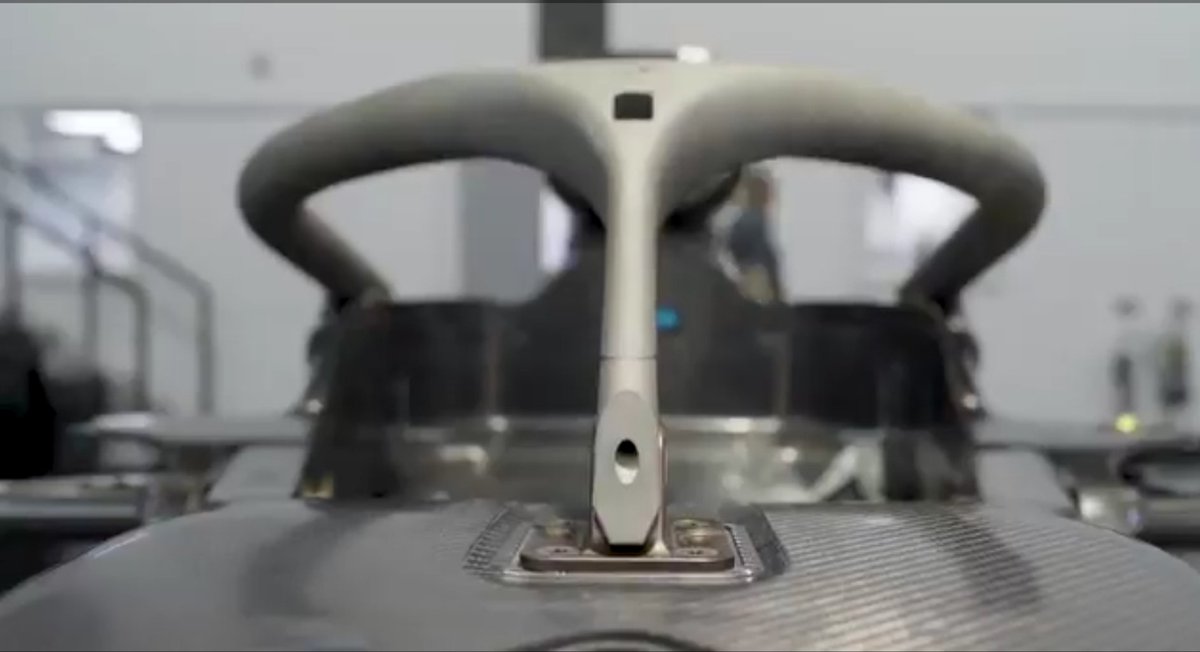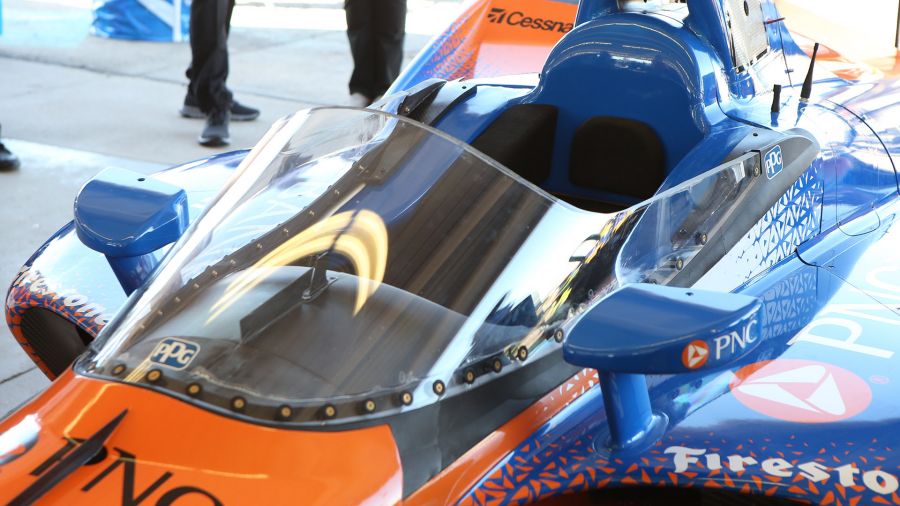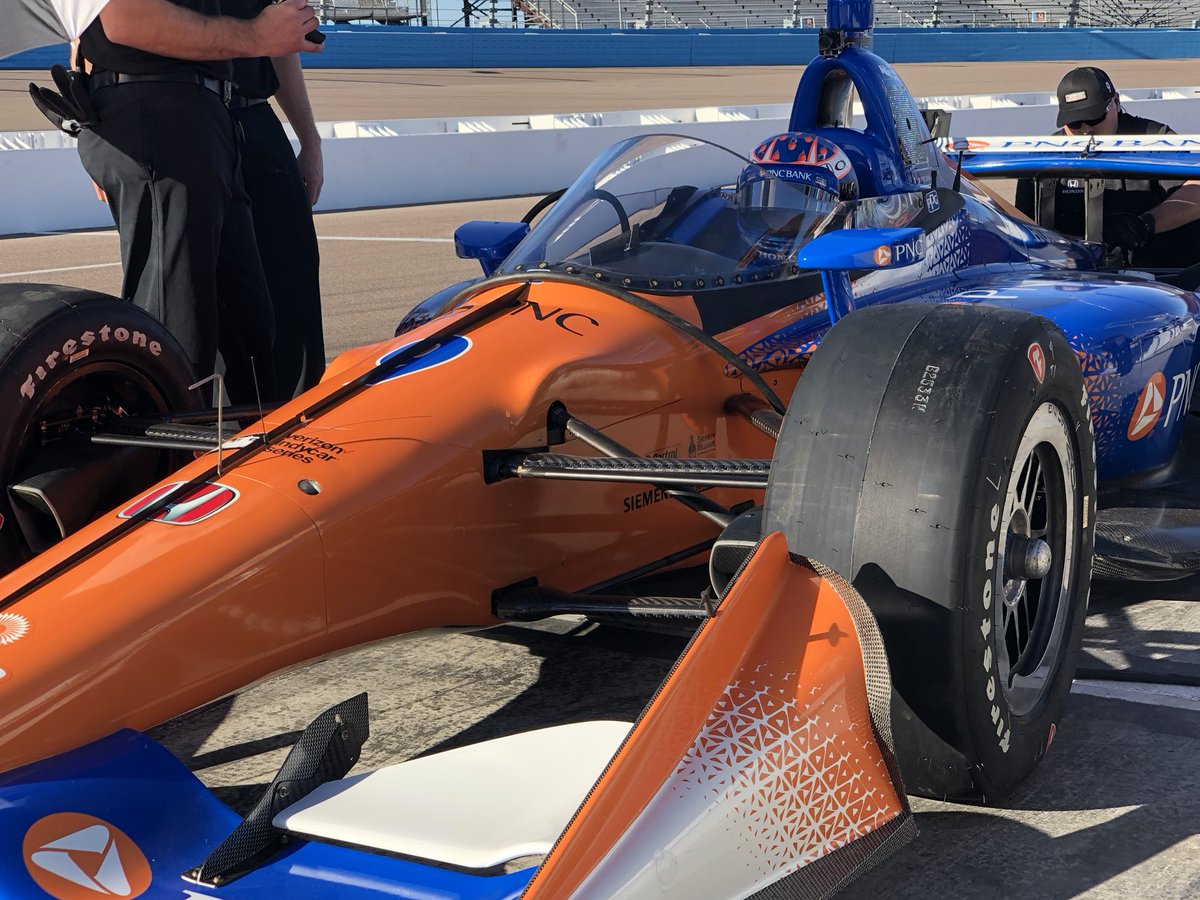Indycar presented for the first time the Aeroscreen on the 2018 spec car, with Scott Dixon testing it at Phoenix on Thursday.
The world of F1 is none the less a very intriguing place to be in the last 12 months, with Liberty Media making changes to the sport and faced a lot of criticism for their choices. But what, not only fans, but drivers also have publicly stood against the introduction of the Halo in F1.
The new system, aimed to increase safety from flying debris or even tires is now mandatory to all the cars from the start of the 2018 season. But Indycar has come up with something different that wants to improve safety and at the same time, don’t make the cars look ugly.
Scott Dixon spend a day at Phoenix testing the device, and was encouraged from the first test, which included three phases. The first one was in daytime, the second at dusk and the third at night. And his thoughts were:
It’s a little bit different, looking through something that is so thick. I thought it would have messed with distortion a lot more, but there’s nothing like that; no problems with reflection. Obviously we’ll run a little bit later to see how it is in a more dusk setting, and then again tonight. But the weirdest thing is just how quiet it is – you don’t have any buffeting; the car is very smooth, like you’ve gone to a really luxurious, dampened car. We’ll need some cooling, because you get no airflow through the car. But kudos to IndyCar
A different version of the Aeroscreen has been tested in F1 from Red Bull Racing and Ferrari, but their versions looked very different. From the initial results, the option for the Aeroscreen was dropped and the Halo was chosen until a better solution comes up.
Indycar does plenty of testing, but F1 tends to test only at racing weekends, with an unfortunate time limit.
Do you prefer the F1’s Halo, or the new Aeroscreen from Indycar in single seaters over the next years? Check the photos below.








